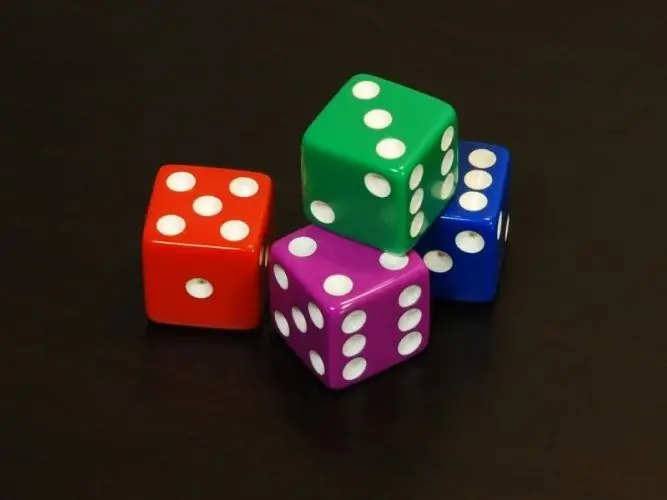Probability is usually understood as a numerically expressed measure of the possibility of an event occurring. In practical application, this measure appears as the ratio of the number of observations at which a certain event occurred to the total number of observations in a random experiment.

Necessary
- - paper;
- - pencil;
- - calculator.
Instructions
Step 1
For an example of calculating the probability, consider the simplest situation in which you need to determine the degree of confidence that you will get any ace at random from a standard set of cards containing 36 elements. In this case, the probability P (a) will be equal to the fraction, the numerator of which is the number of favorable outcomes X, and the denominator is the total number of possible events Y in the experiment.
Step 2
Determine the number of favorable outcomes. In this example, it will be 4, since in a standard deck of cards there are exactly that many aces of different suits.
Step 3
Count the total number of possible events. Each card in the set has its own unique value, so there are 36 single-choice options for a standard deck. Of course, before conducting the experiment, you should accept the condition under which all cards are present in the deck and are not repeated.
Step 4
Establish the probability that one card drawn from the deck will turn out to be any ace. To do this, use the formula: P (a) = X / Y = 4/36 = 1/9. In other words, the probability that by taking one card from the set, you will receive an ace, is relatively small and is equal to approximately 0, 11.
Step 5
Modify the experiment conditions. Let's say that you intend to calculate the probability of an event occurring when a card from the same set taken at random turns out to be an ace of spades. The number of favorable outcomes corresponding to the condition of the experiment changed and became equal to 1, since there is only one card of the indicated rank in the set.
Step 6
Plug in the new data into the above formula P (a). So P (a) = 1/36. In other words, the probability of a positive outcome of the second experiment decreased by four times and amounted to approximately 0.027.
Step 7
When calculating the probability of an event occurring in an experiment, keep in mind that you need to calculate all the possible outcomes reflected in the denominator. Otherwise, the result will present a skewed picture of probability.







